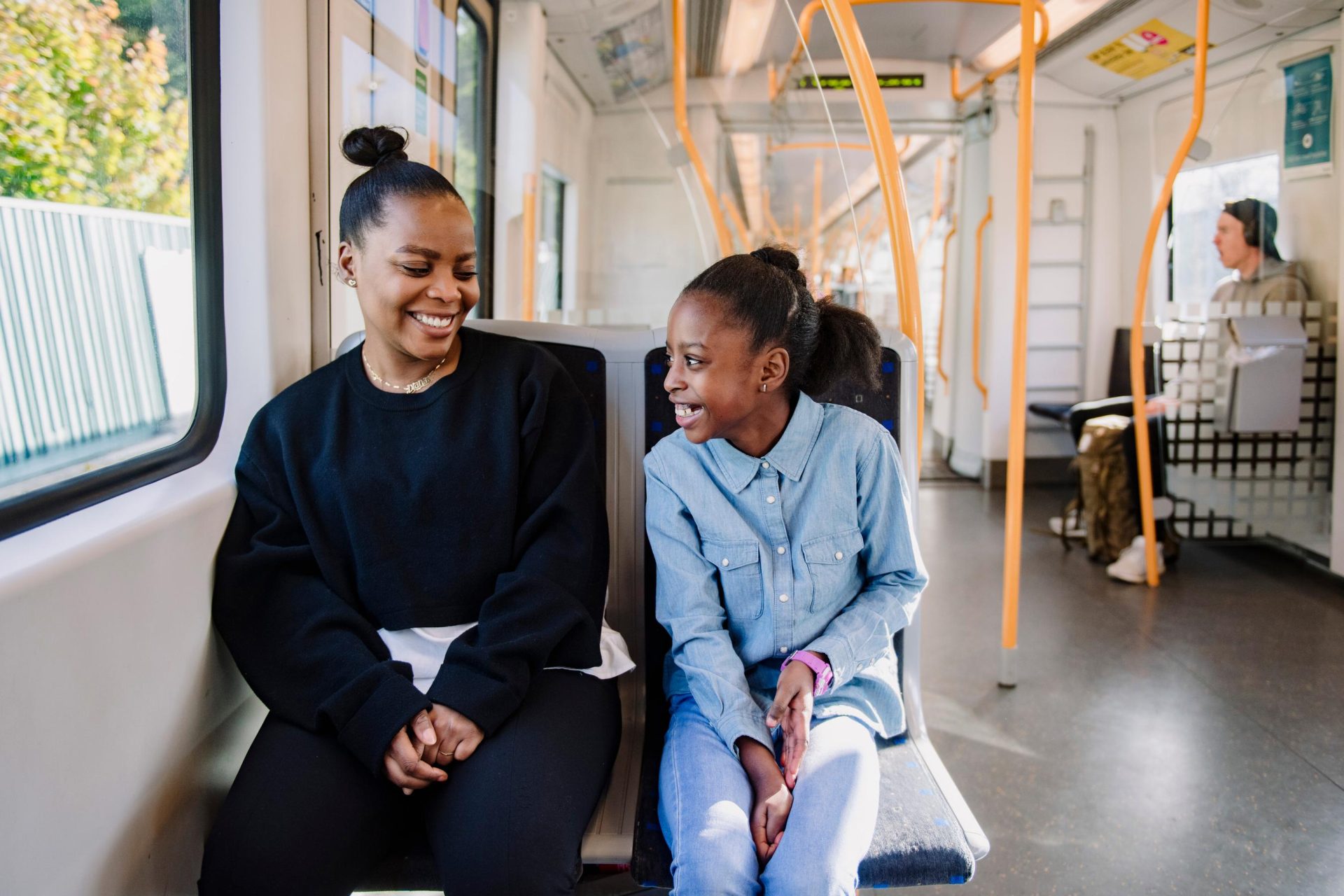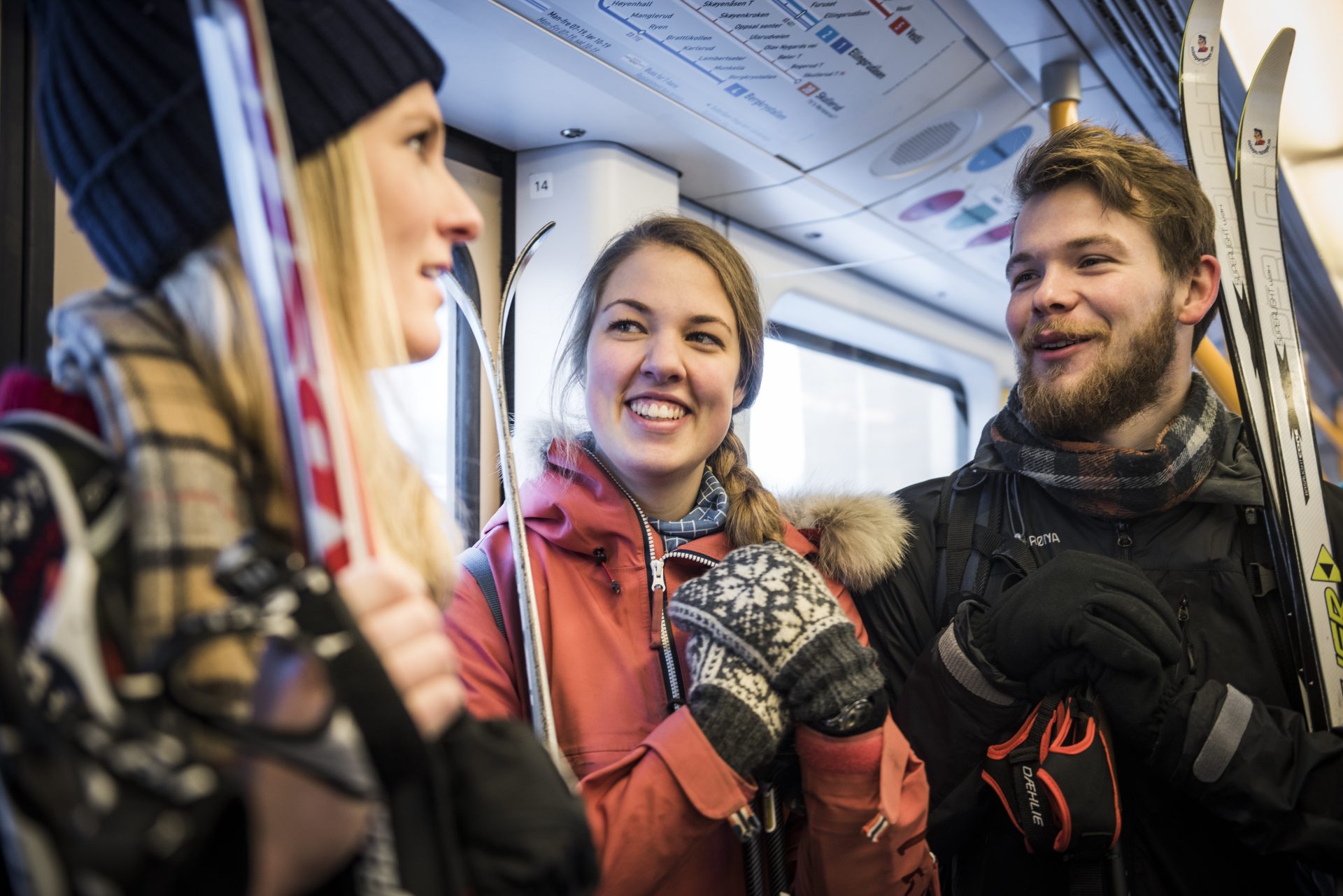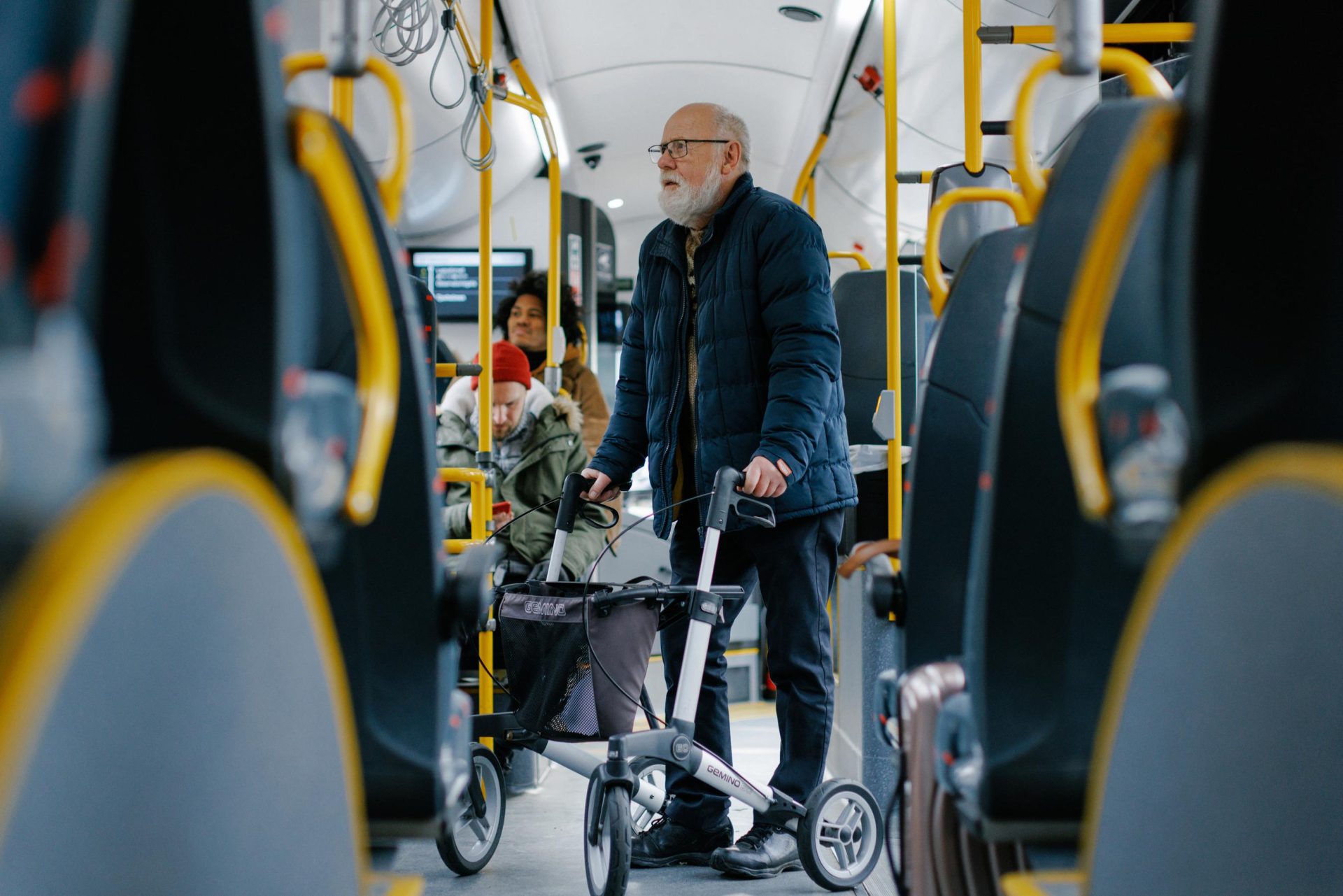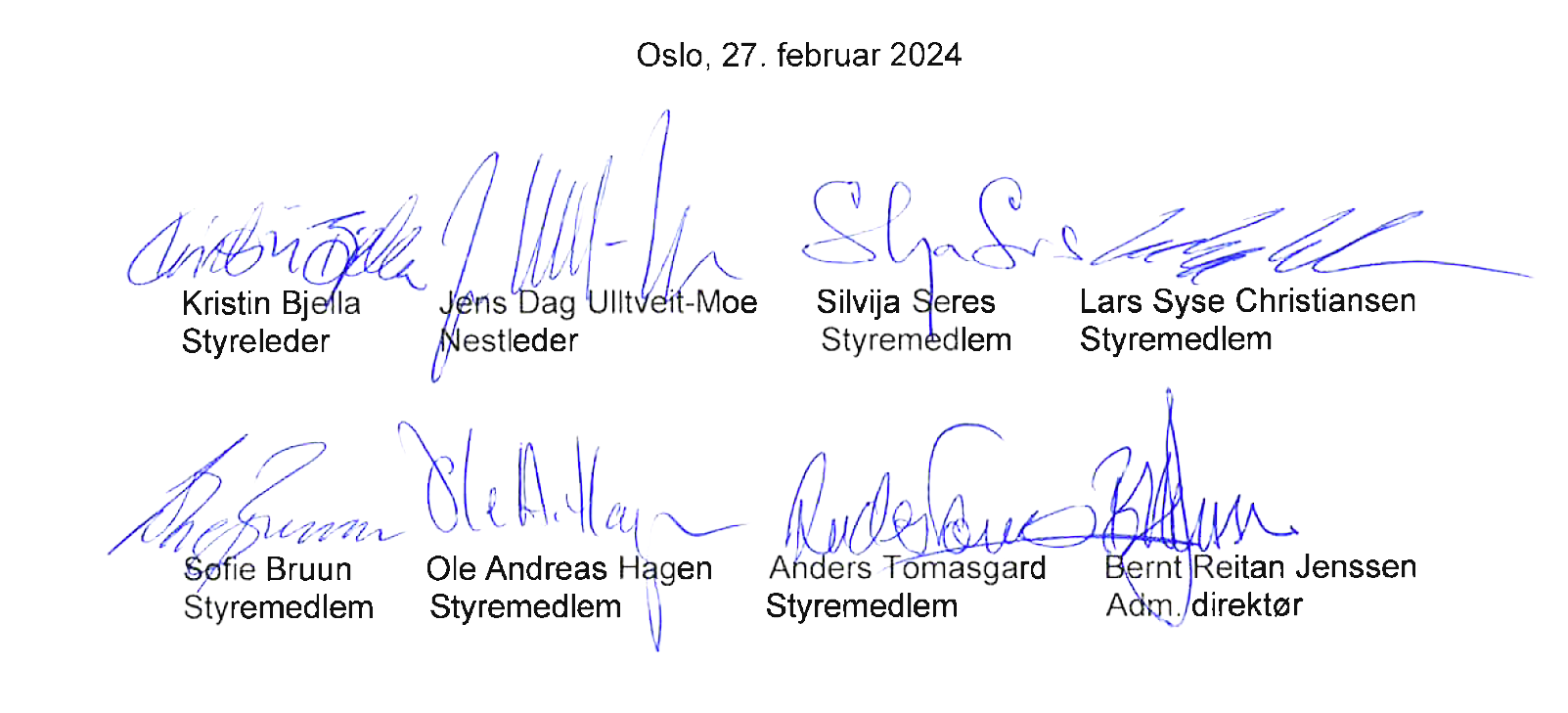Together for a Sustainable and Attractive Urban Region
The pandemic is behind us, leaving both new and returning customers with heightened expectations and evolving needs. Effective collaboration across the public transport network has ensured that Ruter successfully adapted to new challenges and opportunities throughout 2023. Ruter’s market share has steadily increased since July, and by the end of 2023, passenger numbers had finally returned to pre-pandemic levels.
Ruter’s mission is to constantly explore ways to enhance its services, making them even better, simpler, and more flexible. To achieve the transportation goals set for Oslo and Akershus, Ruter must deliver mobility solutions that are more sustainable, cost-effective, and attractive than those currently offered. New solutions must be integrated with the high quality of existing services. In 2023, Ruter focused on adapting to a new normal, encouraging travel choices that reduce car usage, building customer insights, and accelerating data-driven service development. The Board hopes that these efforts have laid the foundation for maintaining and enhancing Ruter’s relevance, ultimately realizing the vision of sustainable mobility for all.
Ruter and its owners have adapted to the more flexible work arrangements adopted by many, including the option to work from home. The introduction of new ticket products for less frequent travelers (Reis) and promotional campaigns for monthly passes have contributed to Ruter’s market share (percentage of all journeys) reaching 26.1% by the end of 2023. This represents an increase from 24% in 2022 and 17% in 2021. Market research indicates that these new ticket products have not only boosted passenger numbers but also improved the satisfaction of Oslo and Akershus residents with the public transport system. As of the end of 2023, 73% of the population expressed satisfaction with public transport services. Notably, aspects related to pricing and ticket options showed the most significant positive trends.
Despite passenger numbers returning to pre-pandemic levels, costs have risen faster than ticket revenues. The aftermath of the pandemic, the climate crisis, and heightened global conflicts also impact public transport. Inflation is currently high across most sectors, particularly in the energy domain. Additionally, interest rates and material costs are affected. The willingness of Akershus County Municipality and Oslo Municipality to continue increased funding has been crucial in enabling Ruter to maintain services, regain customers, and attract new ones. The Board perceives this high level of trust and financial support as confirmation of shared ambitions and goals: the ongoing realization of an attractive and sustainable urban region offering public transport for all.
During the transition to the 2023/24 winter season, challenges arose with Ruter’s services, including cancellations and delays. The causes of these challenges are complex, but it remains Ruter’s responsibility to ensure the timely operation of public transport in Oslo and Akershus. Ruter takes this responsibility very seriously, and the Board, on behalf of Ruter, apologizes for the reduced service experienced by customers during a period this winter. These challenges have been addressed, and a plan has been implemented to improve services and prevent, as far as possible, the recurrence of such issues. This plan has also been presented to the owners and will be closely monitored by the Board moving forward.




